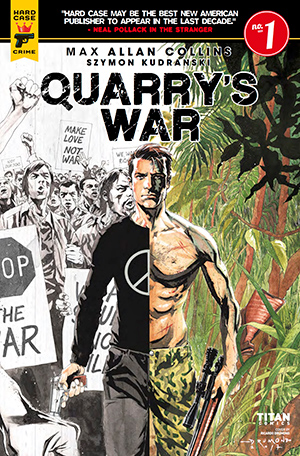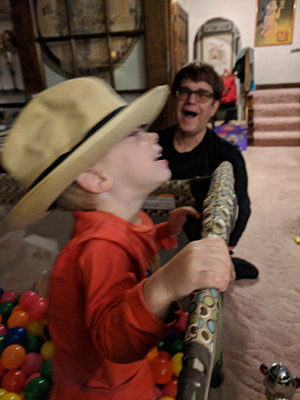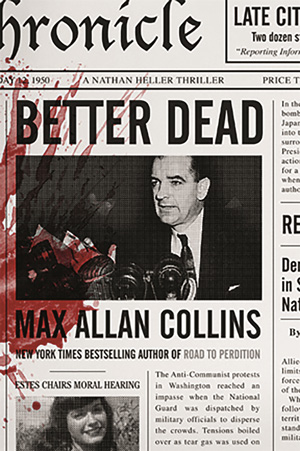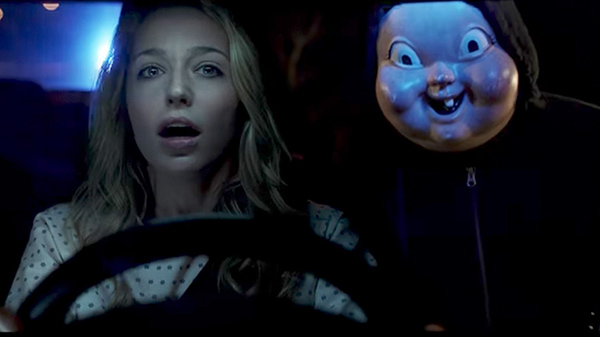
The first of the four-issue serialization of Quarry’s War, the character’s first graphic novel appearance, goes on sale November 29. There are three alternate covers, designed to fleece you, er, give you an opportunity to choose the one you like best.
This link will take you to all of the covers plus a five-page preview.
The four issues will be collected as a trade paperback, though I don’t know when – sometime next year. To some degree, this project happened because of the TV show, and since Cinemax did not take Quarry past the first season, I can’t be sure there will be another graphic novel.
What this did provide me with was an opportunity to explore Quarry’s back story more thoroughly and do something about his Vietnam experiences. The first three issues are evenly divided between Vietnam and a post-Vietnam assignment from the Broker. The fourth issue kind of pulls both story lines together.
The graphic novel was, in part, a response to the Cinemax series with its Vietnam emphasis. But mostly the visual format of comics made it the perfect place to show what Quarry’s life was like overseas, as well as explore his beginnings from boot camp to the Broker first knocking on his door.
Also, his restrained response to the guy who’d been cheating with Quarry’s Joni.
I am two chapters in on Do No Harm and, while it’s a pleasure to be with Nate Heller again, brother is it hard. I kidded myself thinking this would be an “easy” Heller. The case is complex and I have a time-hopping structure that may make me (but I hope not you) dizzy.
I managed to get a little work done over Thanksgiving and the long weekend. But with Nathan, Abby and two-year-old Sam visiting, that wasn’t always easy – also, I was busy falling off my stay-away-from-sugar-and-starch diet, eating the equivalent of an entire pecan pie over a three-day period. In my defense, Barb makes the best pecan pie anywhere. Ask Nate.
Also, I am embarrassed to report that there is sad news for the rest of you: none of you have children or grandchildren as cute and smart as Sam Collins. My apologies.

A very nice Big Showdown review by that fine writer James Reasoner can be found here. Mr. Reasoner has forgotten more about writing westerns than I will ever know, so this one felt especially good.
And speaking of the late/great Quarry TV series, this blog concludes with a look at the episode I wrote.
Full confession: my work on the Quarry series was stretched out over two episodes (the next one after the one reviewed here). The other writer and I were each assigned a solo writing credit for one episode for reasons I’m not entirely clear on. I also wrote (and was paid for) an episode for season two, which of course was never filmed.
M.A.C.

